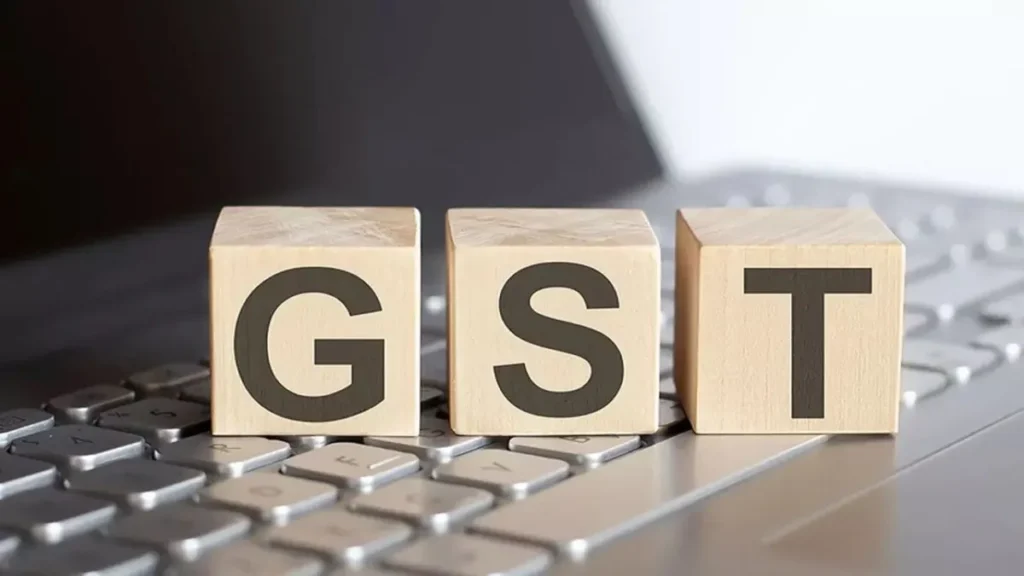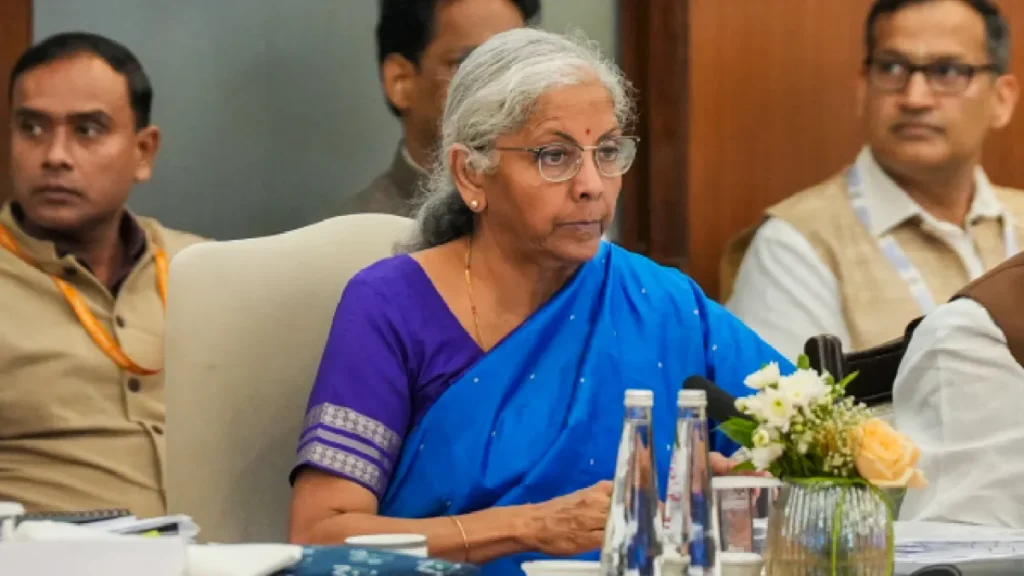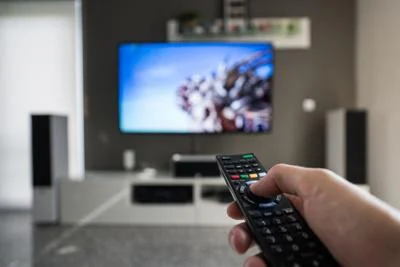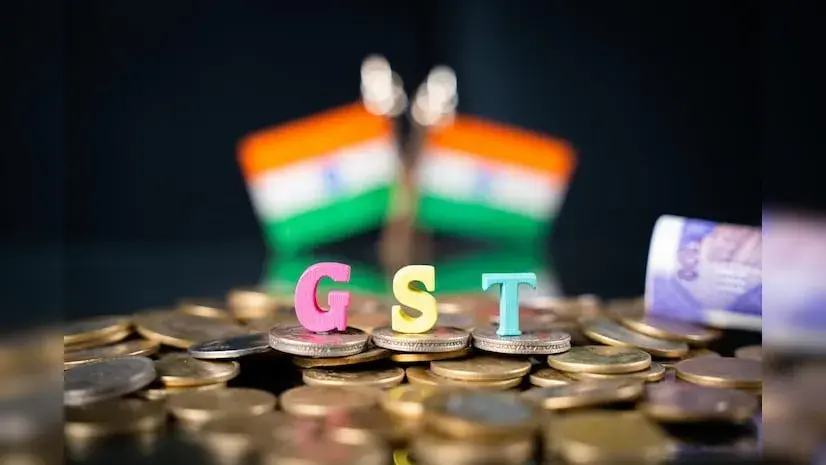GST on Premium TVs Cut to 18%: A Game-Changer for Media, Entertainment, and OTT
At its 56th meeting, the GST Council delivered a festive-season boost to consumers and the electronics industry. Finance Minister Nirmala Sitharaman announced that starting September 22, all televisions above 32 inches will now attract 18% GST, down from 28%. This tax relief significantly reduces the cost of premium LED, Smart, and 4K TVs, making them more accessible to middle-class households and potentially reshaping the way Indians consume content across TV and OTT platforms. Bigger TVs, Lower Prices Previously, larger televisions were categorized as luxury items, putting them out of reach for many. With the revised GST slab, prices will drop noticeably. For example, a 40-inch smart TV priced at ₹22,000 earlier attracted ₹6,160 in tax, pushing the final price to ₹28,160. Under the new rate, the tax is just ₹3,960, bringing the final price down to ₹25,960 — a saving of ₹2,200. Boost for Consumer Electronics and Manufacturing The tax cut not only makes large-screen TVs more affordable but also encourages upgrades from smaller sets. Industry experts say this will spur sales during the festive season, particularly Diwali, while helping manufacturers by reducing supply-chain distortions and improving profitability through input tax credits. Increased demand is expected to stimulate fresh investments in production capacity. Connected TVs to Drive OTT Adoption As larger smart TVs become mainstream, they are set to accelerate the growth of Connected TV (CTV) viewership. With built-in streaming capabilities, households will have easier access to platforms like Netflix, Amazon Prime Video, Disney+ Hotstar, and others. The shift toward bigger screens is expected to drive subscription growth and normalize high-quality OTT viewing as part of everyday entertainment. Advertising Opportunities on the Rise The ripple effect will also benefit advertisers. With more viewers consuming content on CTVs, brands gain opportunities for targeted, interactive ad campaigns. This creates a strong incentive for the advertising ecosystem, further boosting the revenue potential of streaming platforms. A Win-Win for Consumers and the Media Sector Overall, the GST cut on premium TVs is poised to be a triple win—consumers enjoy affordable upgrades, manufacturers see higher demand and investment opportunities, and the media & OTT sector benefits from increased viewership, subscriptions, and advertising growth. Source: TOI
GST on Premium TVs Cut to 18%: A Game-Changer for Media, Entertainment, and OTT Read More »




